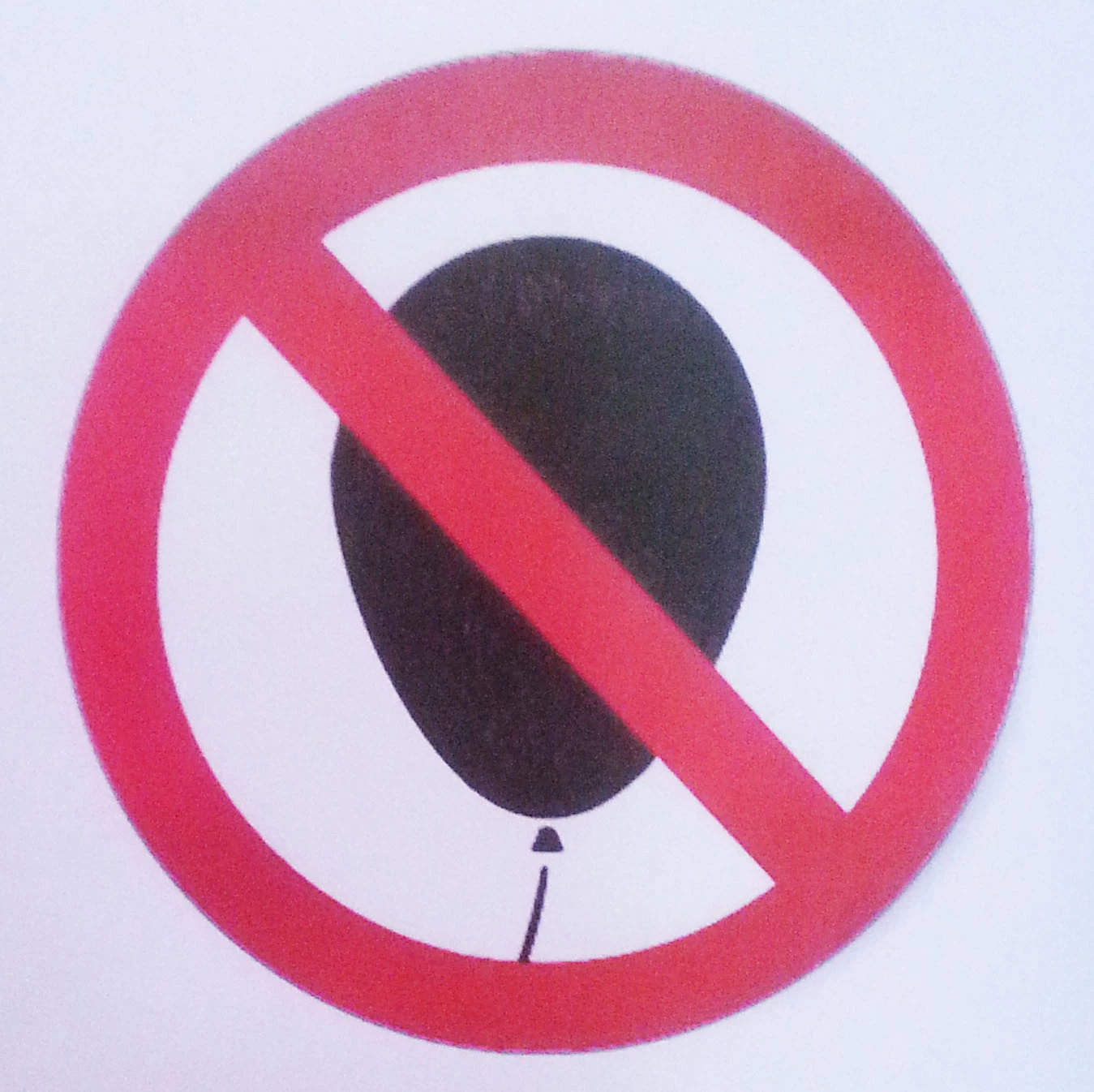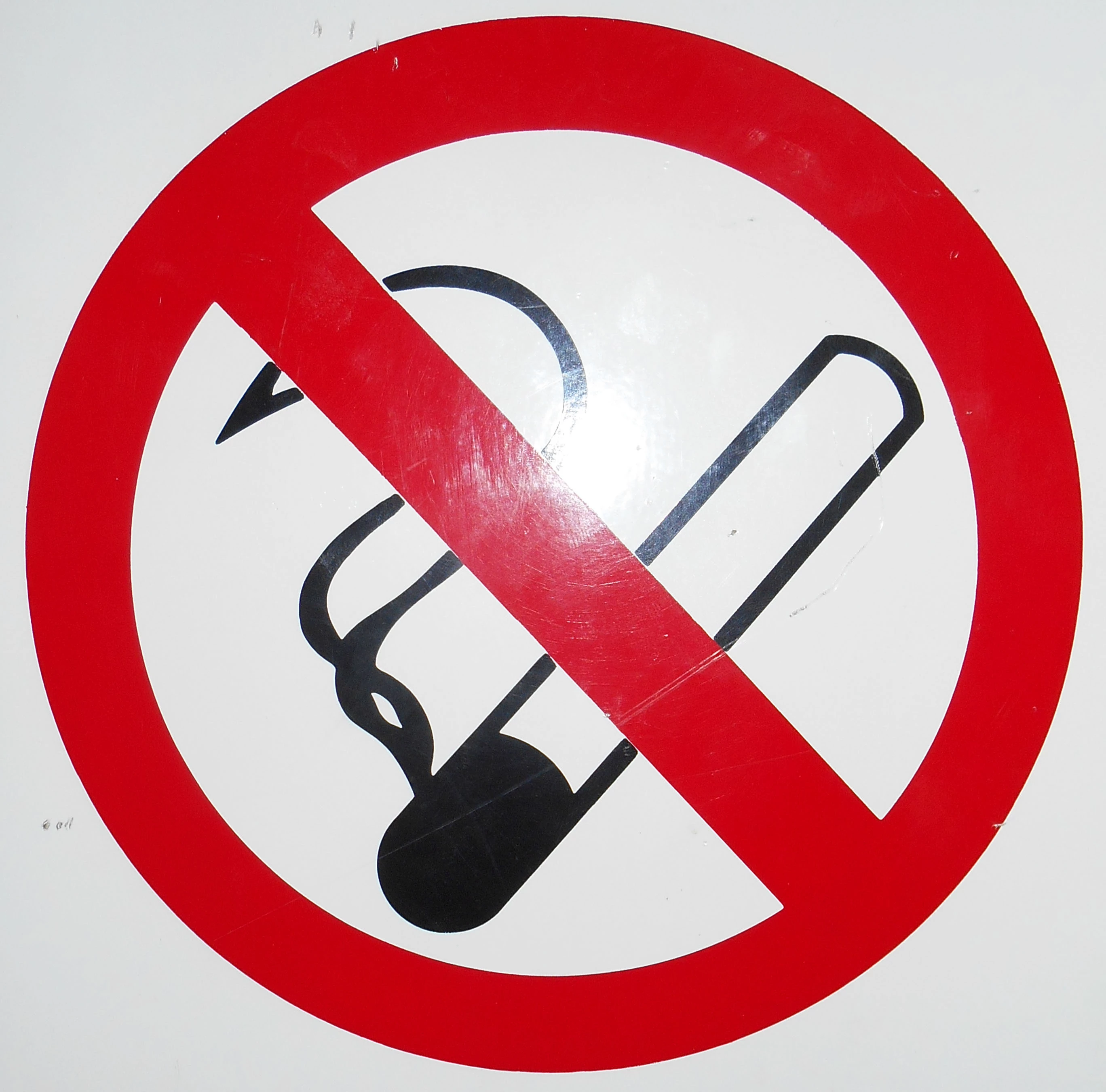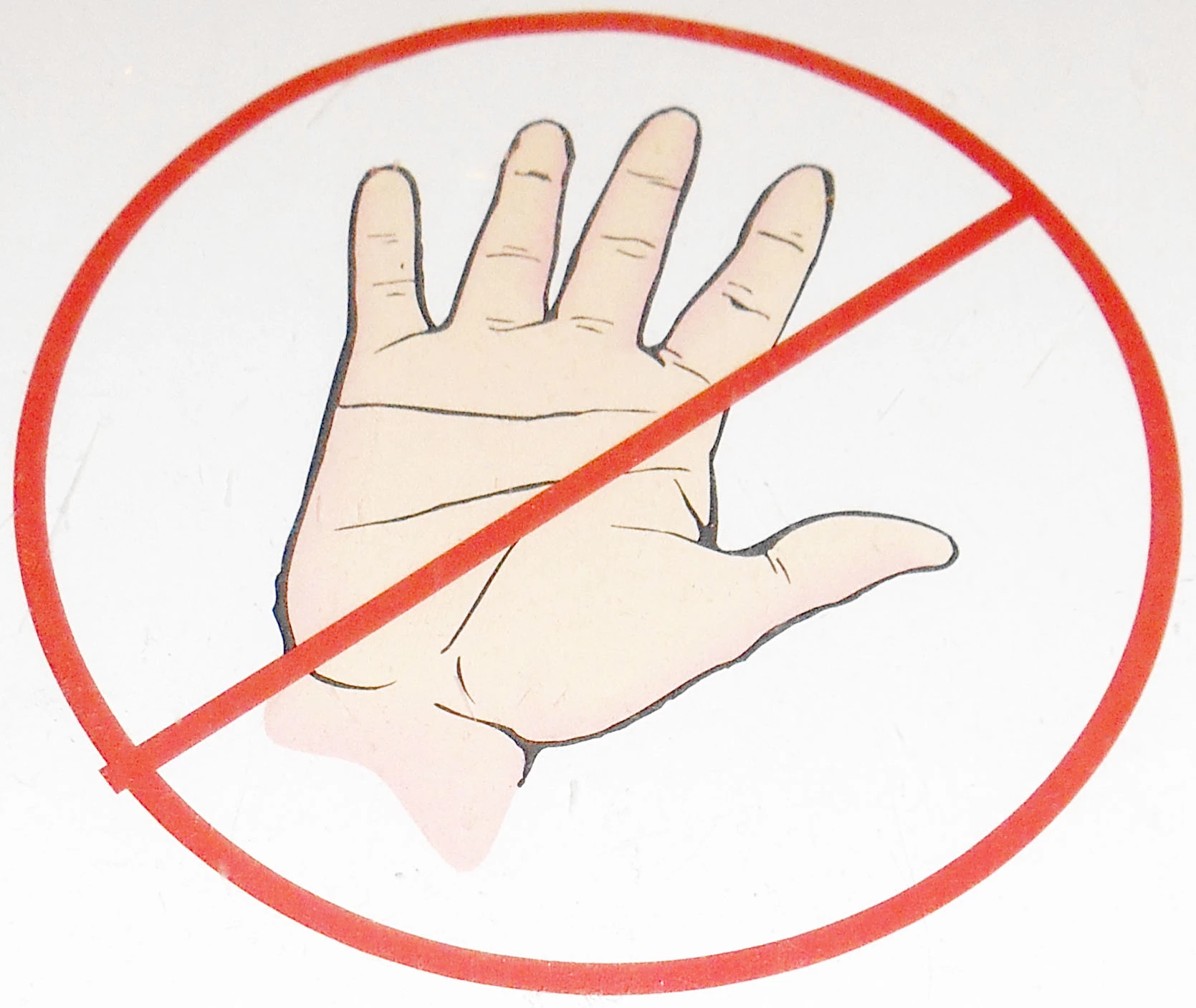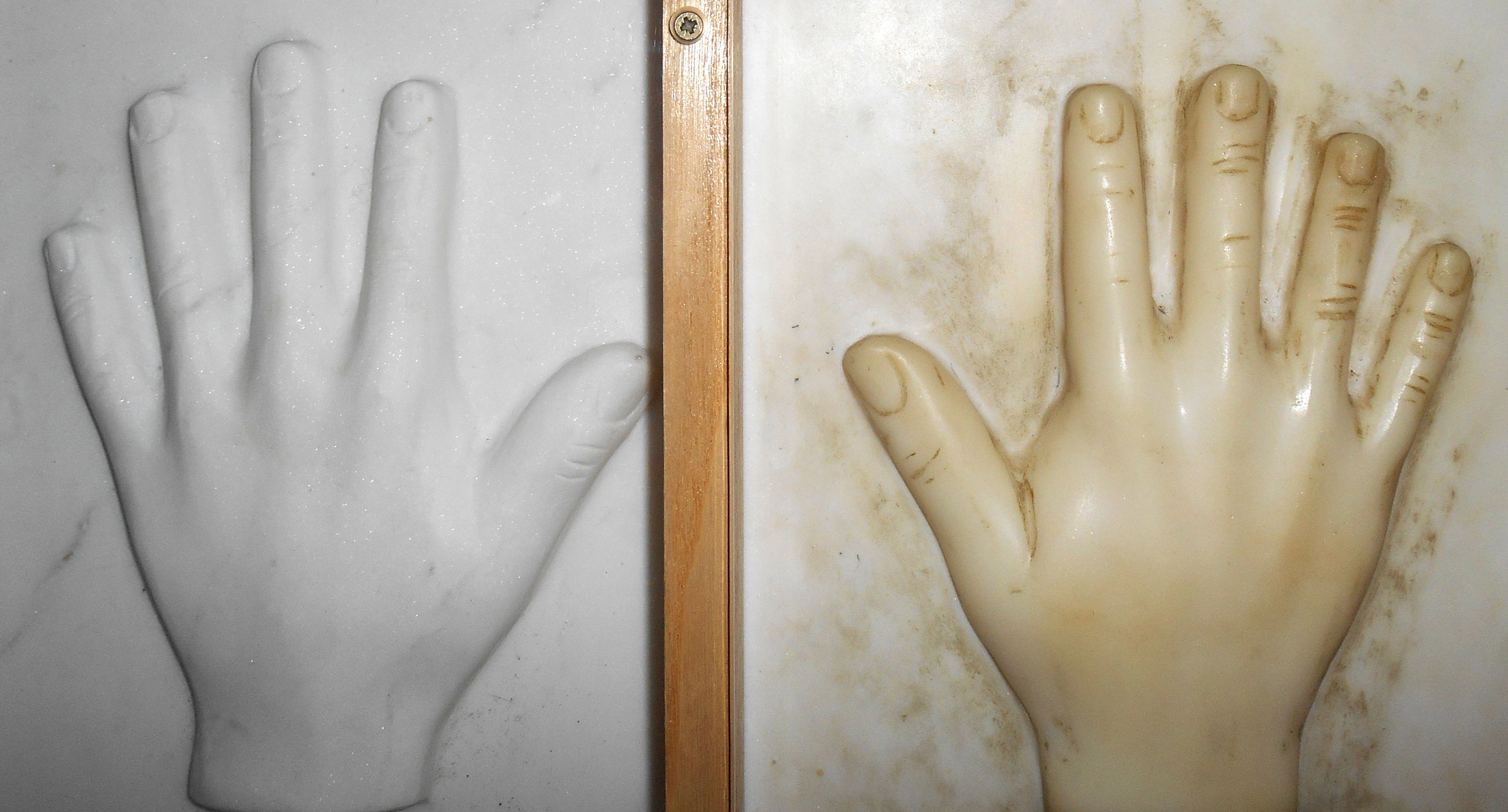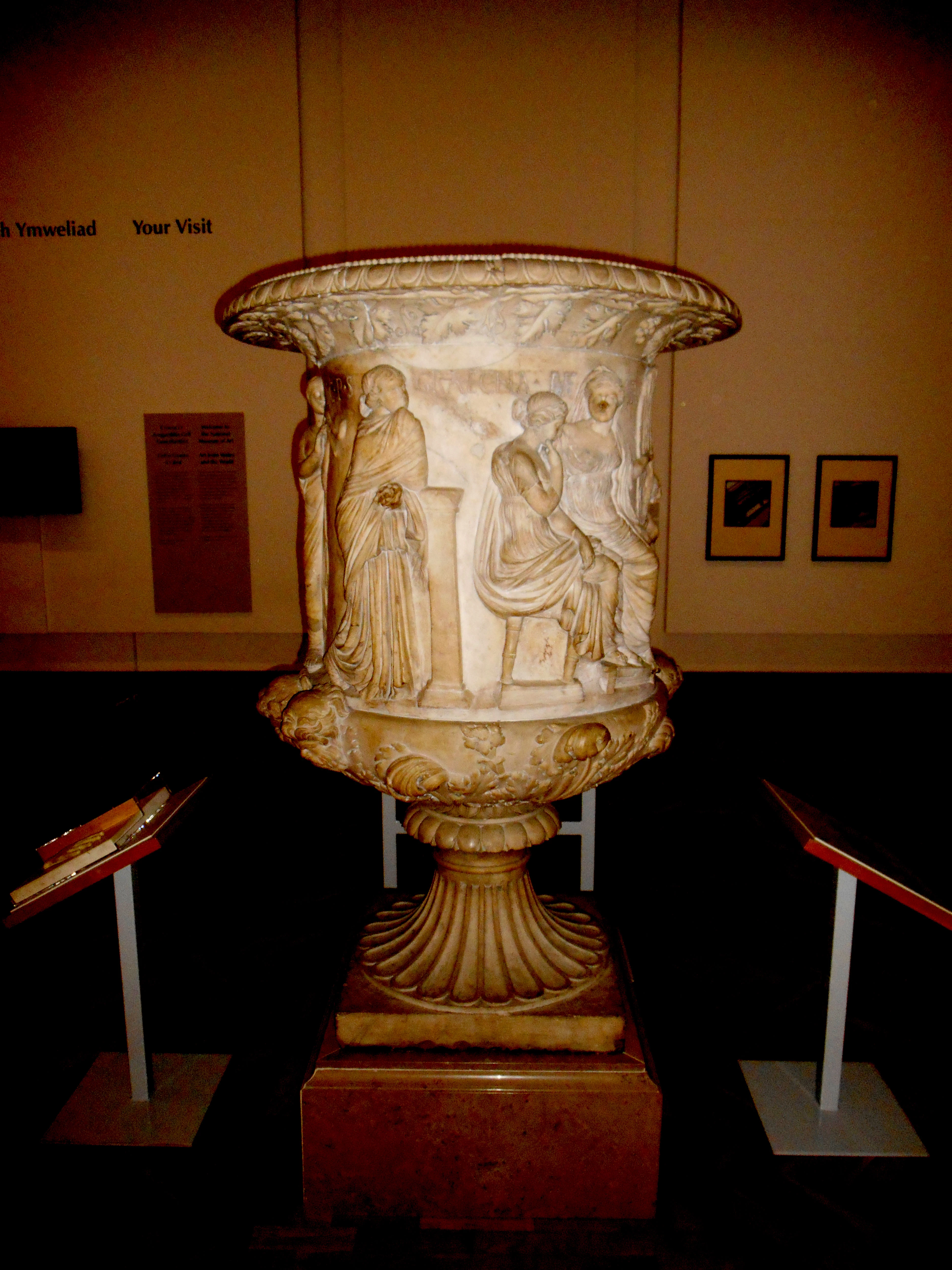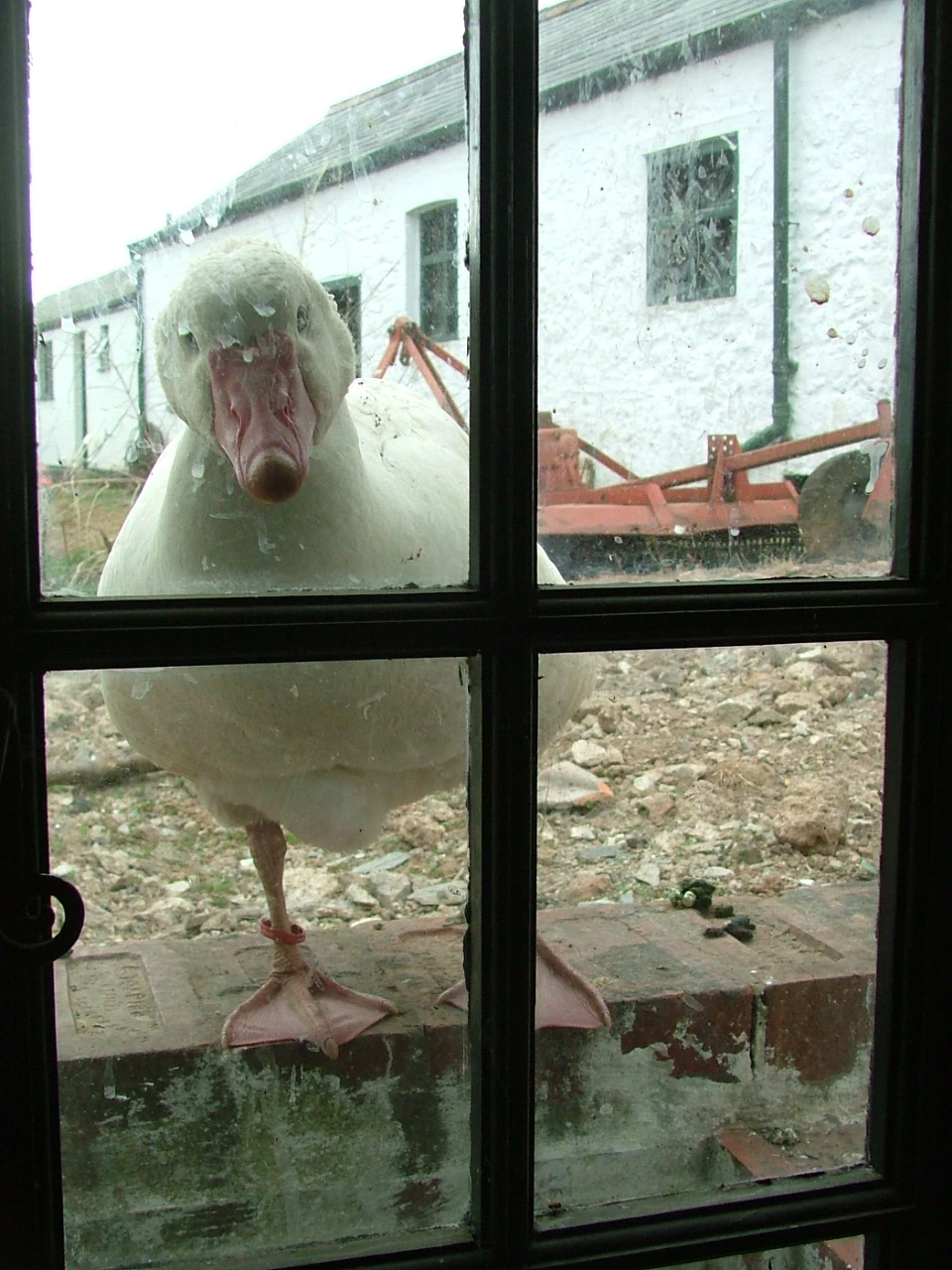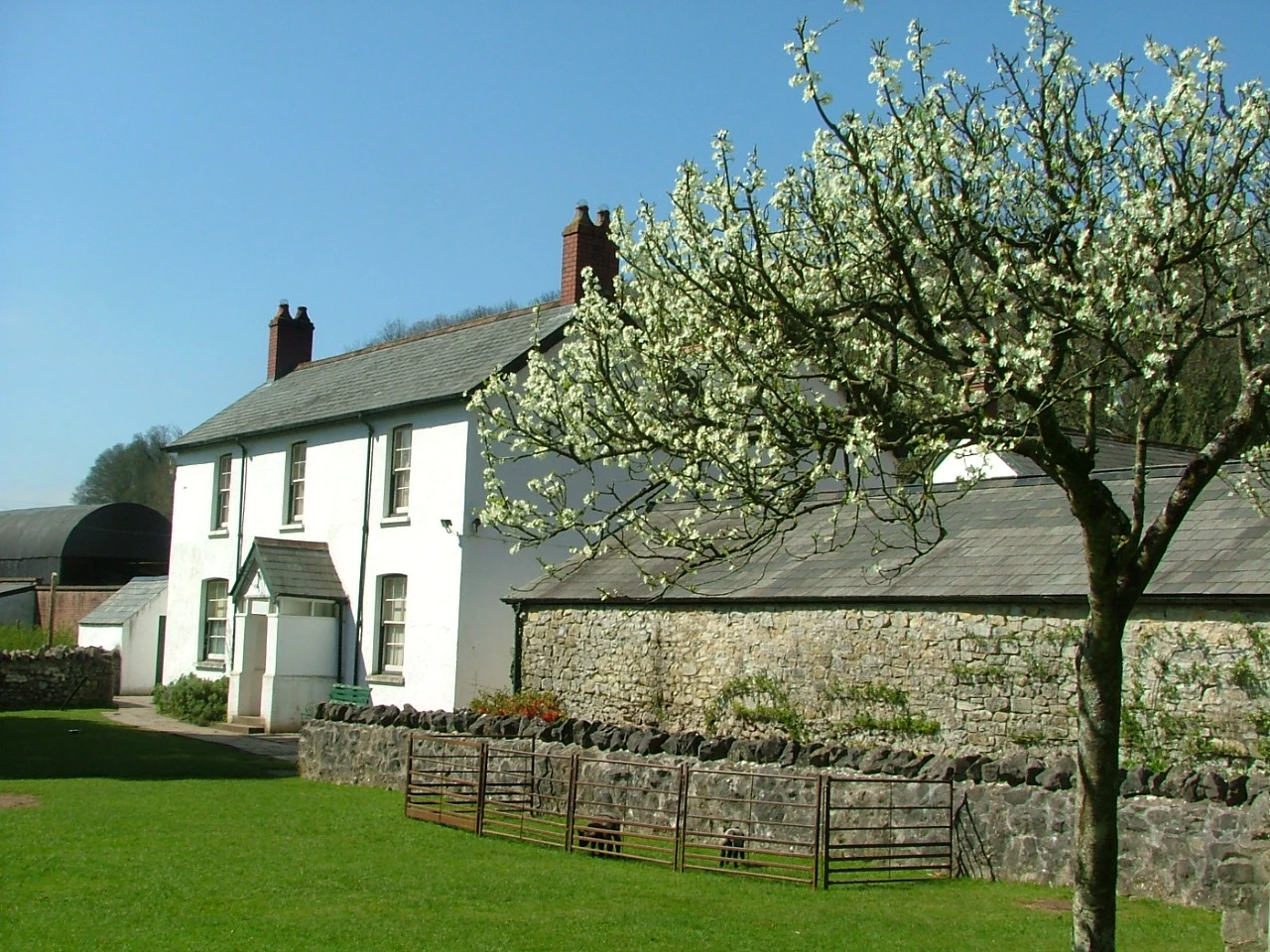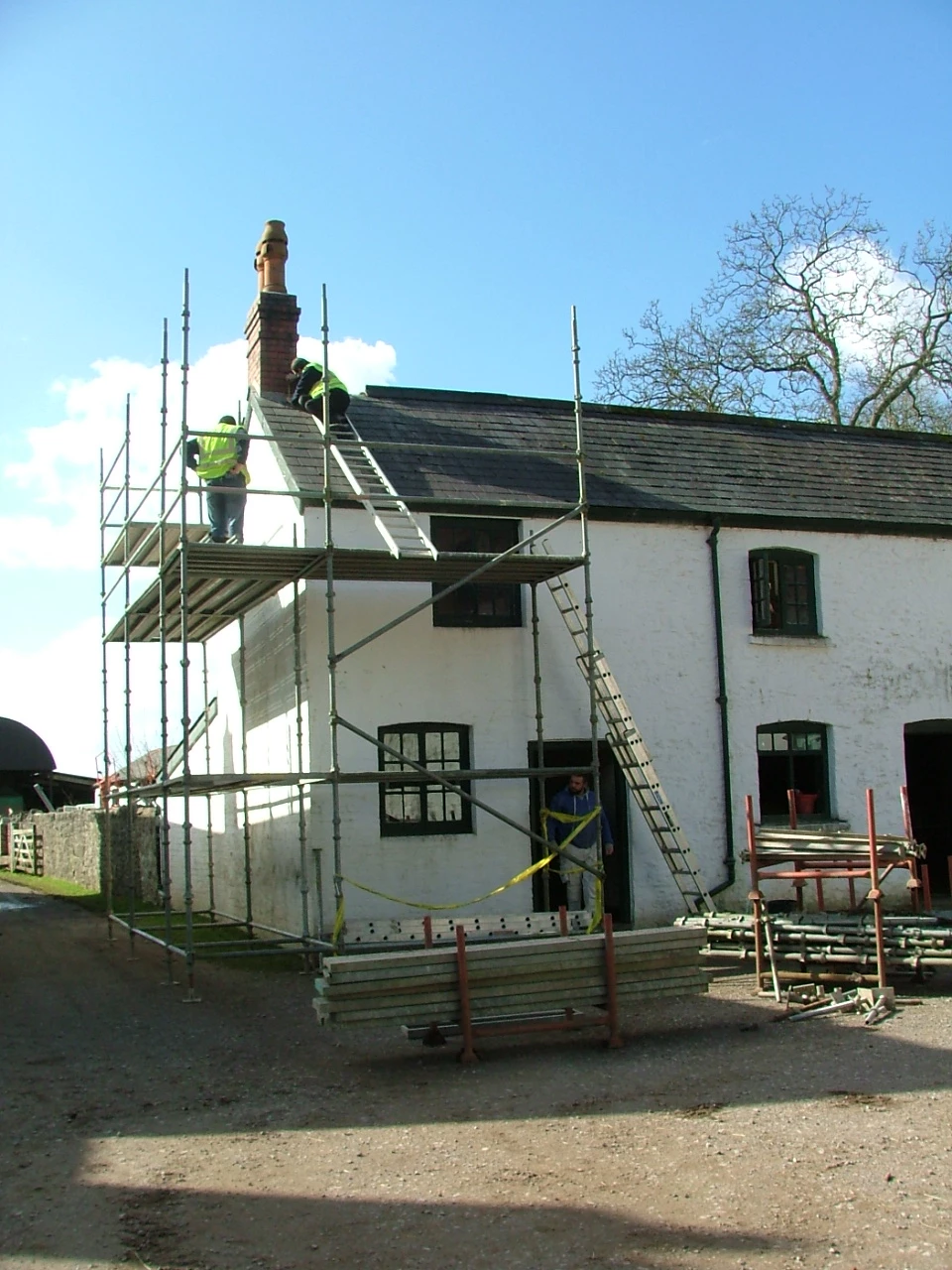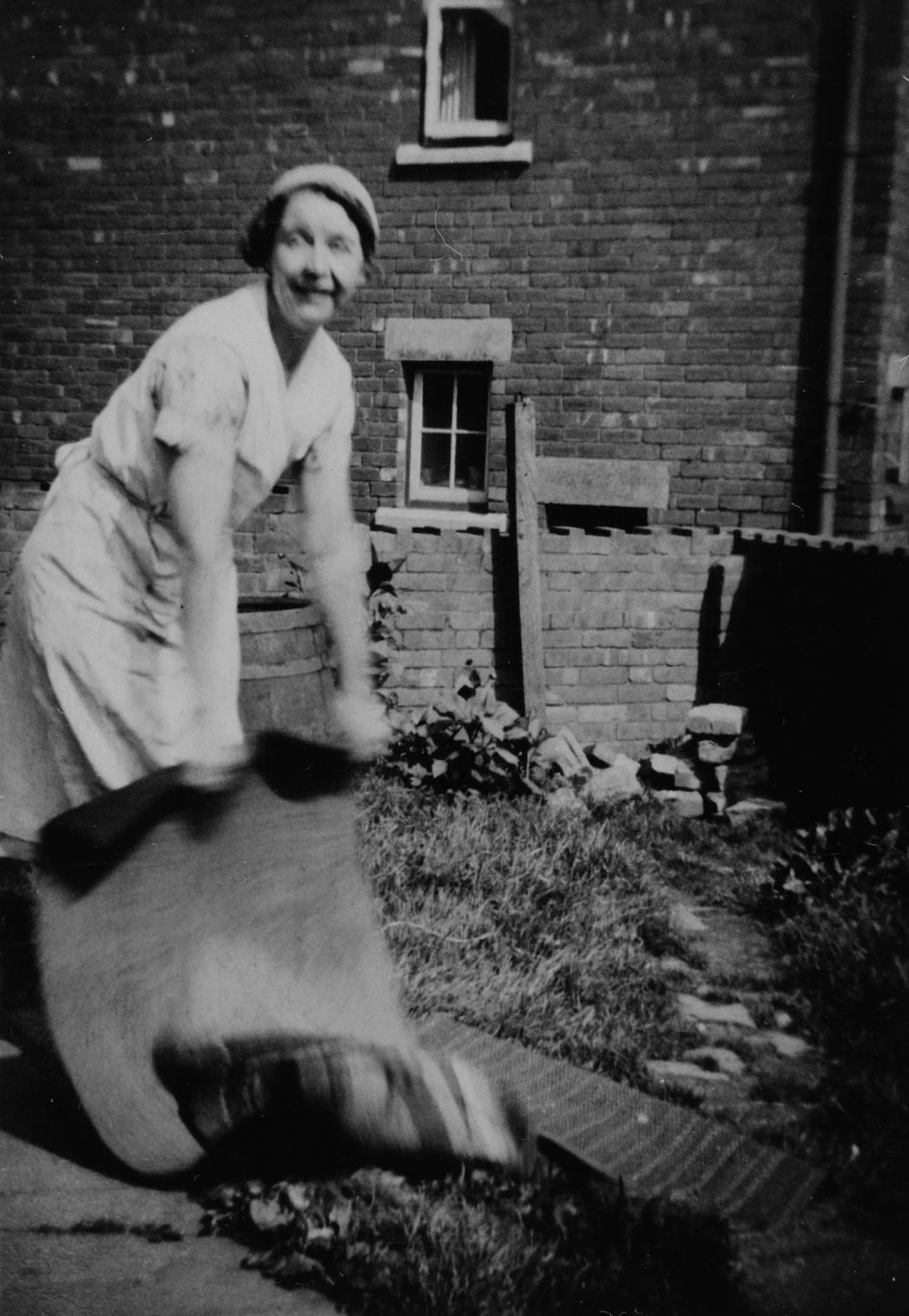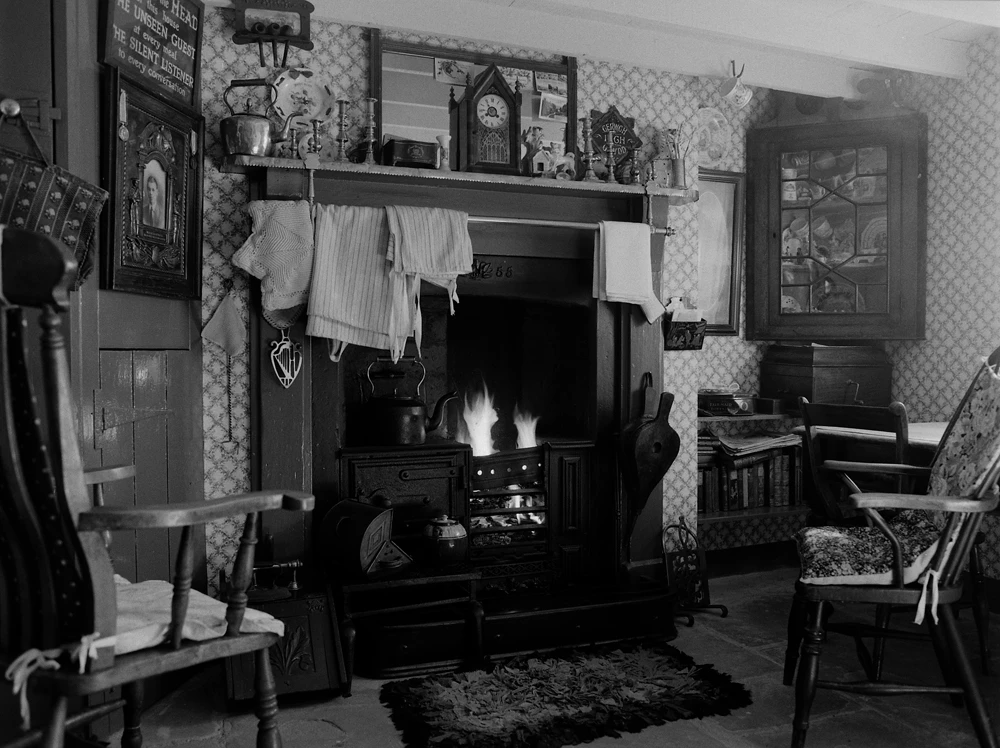Please do not ... !
, 27 July 2015
Everyone knows that museums don't allow visitors to do anything, right? You mustn't touch, eat, smoke, take photos; rucksacks are banned, as are balloons (!) and mobile phones. What's going on here? Are you even allowed to breath?! Well, actually, if you must breath then please don't do it near the objects...
Joking aside, all those rules are part of our efforts to ensure that the objects on display will remain in top condition for many years to come. Things decay - that is the way of the world. Museum conservators try to halt that decay for as long as possible.
For example, colours fade in bright light. I have a pair of my daughter's first shoes on my car dashboard which were once a vivid red. Now, after many years exposure to sunlight, they are a faded pink. To avoid the same fate for the museum objects in our care we limit light levels and have UV filters in our galleries, and we ask you not to use a flash when taking photographs.
Smoking is banned in museums because the smoke from cigarettes contains sticky tarry substances that can settle on objects and are very difficult (and expensive) to clean off. We don't really like balloons and rucksacks because they sometimes get entangled with objects and then pull or push them off their plinth, or cause parts to break off and again, this causes expensive conservation jobs, if the object can be fixed at all.
Touching is usually not desired for similar reasons, but also because your hands leave oils on surfaces; these are contained naturally in the skin. If many people touch the same surface over many years it will show as dirt.
There are exceptions to the "no-touch-rule": if you go up to our gallery number one at National Museum Cardiff you will see the Jenkins Vase on display. This marble object was originally a Roman well-head and it depicts the story of Paris, son of Priam of Troy, and Helen. During the 1770s the well-head was converted into a decorative vase. While we ask you not to touch the vase itself, there is a marble touchpad next to it in the shape of two hands. One hand is behind glass and pristinely white; the other hand has been touched by generations of visitors, and the effect of this touching can be seen clearly.
We also have other opportunities for hands-on activities, for example in our Clore Discovery Gallery, and during events. We keep parts of our collections specifically for people to touch and interact with, but we do ask you to respect our efforts to maintain the collections and preserve them for the enjoyment of future generations.
